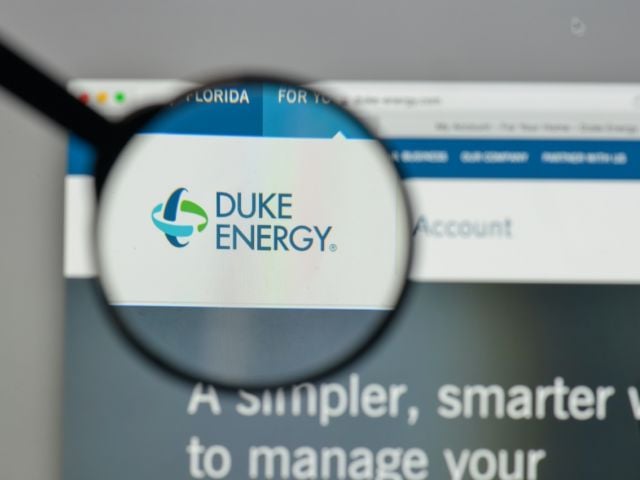WASHINGTON — Today 5,000 acres of environmentally sensitive public land in Utah face permanent loss of protection at taxpayer-subsidized auction. A new computer investigation of federal data by the Environmental Working Group (EWG) reveals the size, scope, and locations of this public land giveaway to oil and gas interests. The investigation also identifies some of the corporate players who are benefiting from the sale of these pristine lands at bargain basement prices.
The results are available at www.ewg.org.
EWG analyzed U.S. Bureau of Land Management (BLM) computer files to show that in the first auction last November, 95 percent of lands BLM scientists have identified as the most environmentally sensitive were snapped up by oil and gas interests. EWG identifies the environmental characteristics of each parcel and which oil and gas interest has control over the exploration rights, and the amount paid for that control.
The auctions are a product of a maneuver by the Bush administration and then-Utah Governor and current EPA Administrator Mike Leavitt (R), in which the administration decided to allow the State of Utah to block wilderness protection for sensitive lands.
If the land becomes developed, it will become difficult to legally protect it from industrial damage by designating it as a wilderness area.
In the first auction in November, BLM offered 13,740 acres of wilderness land spread out over 18 parcels. Industry bid on 12 of these parcels, gaining control of up to 13,100 acres of wilderness land.
The auction today offers up another 5,090 acres of wilderness land spread out over 14 parcels. The affected areas are Floy Canyon, Daniel's Canyon, Cripple Cowboy Canyon, and Bull Canyon. The plots for sale include two public water reserves as well as habitat for Golden Eagles and the federally threatened Mexican Spotted Owl.
"The federal data show that concerned Utahns are right to be outraged by what can only be described as a taxpayer-funded land rush on the most sensitive lands in the state," said EWG analyst Dusty Horwitt. "This giveaway overrides the judgment of experienced scientists who identified these lands as potential wilderness, and the public is the loser in this process."
# # #


